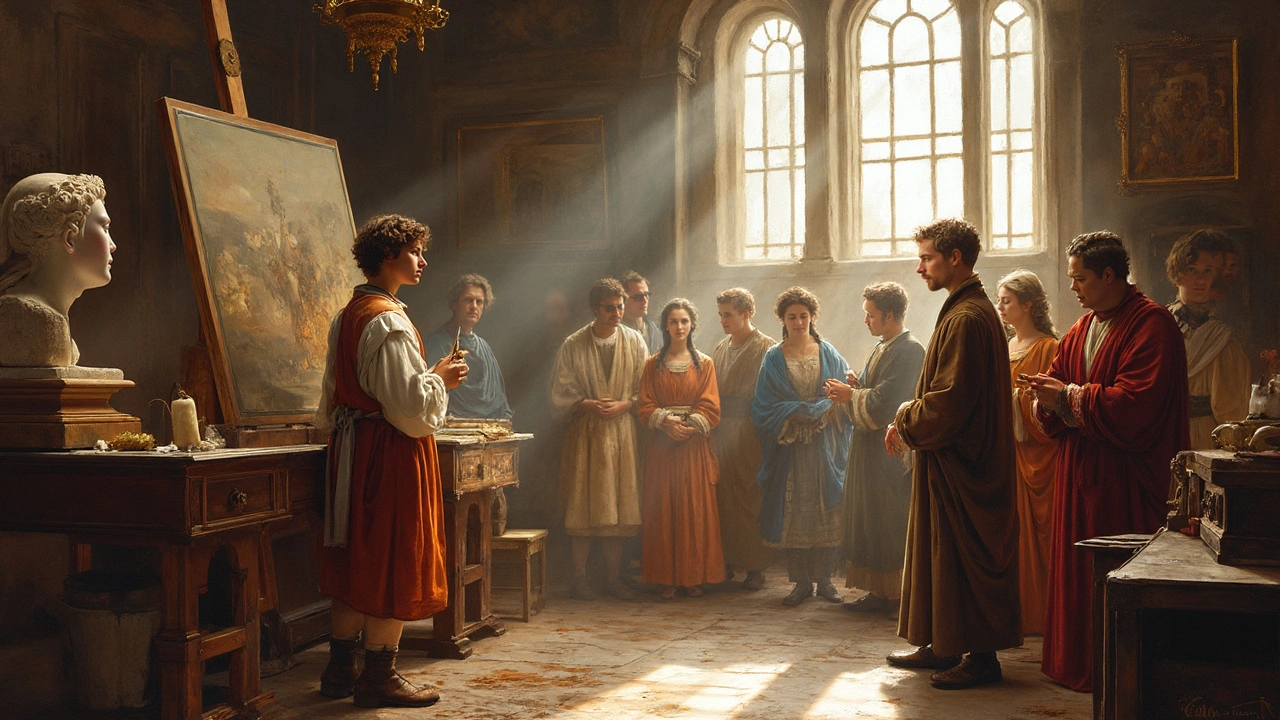This article breaks down how the Renaissance flipped the script on what it meant to be an artist. It digs into why painters and sculptors went from anonymous workers to household names during this period. You'll get a look at the big shifts in thinking that let creative people stand out and take credit for their work. Find out how these changes still shape our view of art and artists today. You'll also pick up tips on spotting real Renaissance influence in modern art.
Architecture Artists: who they are and why you should follow them
Artists in architecture shape how buildings look, feel, and connect with people. Here you’ll find clear guides on major movements, smart ways to study artists’ work, and quick tips to apply ideas in your own projects or travels. Use this tag to jump between posts on Beaux‑Arts, Renaissance, Roman techniques, neo‑futurism and more—each article focuses on creators, their methods, and real examples you can see or copy.
How to use these posts to learn fast
Pick a style you like—say Greek Revival or Bauhaus—and read one historical overview and one case study. The overview explains key features (columns, symmetry, ornament), while the case study shows the artist’s choices in a real building. When you read, focus on three details: structure (how it stands), material (what it’s made of), and ornament (how it communicates meaning). That habit quickly trains your eye to spot artists’ signatures on any façade.
If you’re a student or designer, copy sketches of details, then redraw them with small changes. Try changing a column capital, or simplifying ornament like a Bauhaus designer would. Small experiments teach more than long theory notes.
Practical tips for spotting artists’ work in the wild
Look for repeated patterns: an architect or sculptor often reuses a motif across projects. Check joints and materials—Roman builders left visible clues like concrete cores and brick facing; neo‑futurists favor exposed steel and glass. Ask three quick questions when you see a building: Which era does it echo? What materials dominate? Is the design about function, drama, or decoration? Your answers will point to the likely artist or movement.
When traveling, take photos of small details rather than full façades. Close shots of cornices, window frames, and stair rails reveal an artist’s hand. Back home, compare those details with site posts on this tag—like articles on Renaissance architecture or Beaux‑Arts—to match style traits and learn names of influential artists.
Want to use these ideas in a project? Start small: pick one element—an arch, a window type, or a railing—and adapt it to your space. If you like Mediterranean Revival, try arched openings and warm tiles. If you prefer High‑Tech, expose structural elements and keep surfaces minimal. Mixing one clear historic cue with modern systems keeps designs fresh without feeling pastiche.
Finally, use this tag to follow threads across time. Read about ancient Roman techniques, then jump to how those ideas reappear in Neo‑Classic and Beaux‑Arts work. Seeing these connections helps you understand not just what an artist did, but why they did it. That’s the fastest route to learning like a pro—spot, sketch, adapt, and repeat.
Explore the posts under this tag to find specific artists, landmark buildings, and hands‑on tips you can use today.

